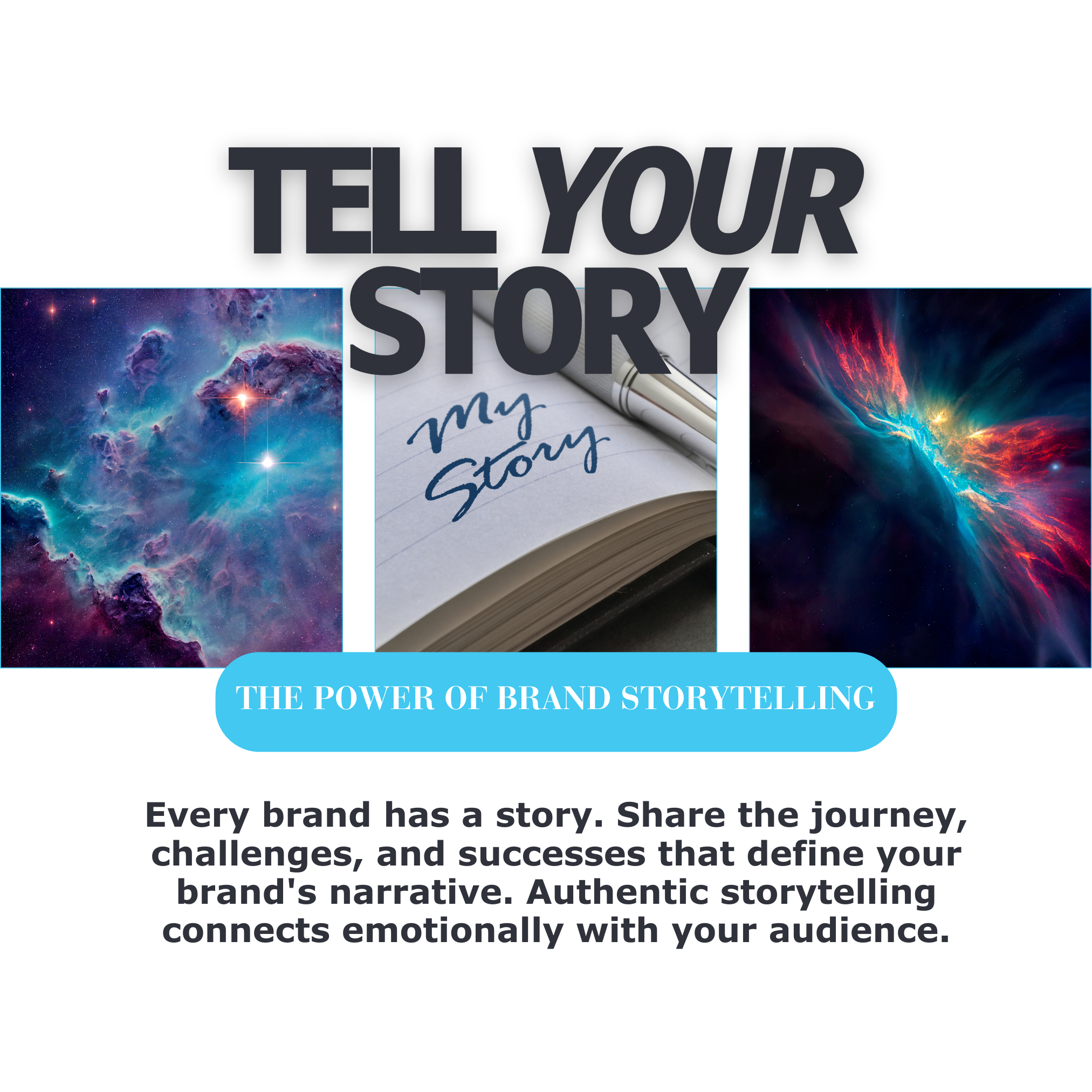Storytelling.
If you had to think of your childhood dessert, what would it be? How would you describe it, what words would you use and how would you convince the world that there is nothing better?
A play on words to bring to life the atmosphere, the aromatic smells, the nostalgia of the taste, the joy after the first bite, the happiness of sharing, the heart exalted by the pure joviality offered by your favorite cake. Sounds great, doesn't it?
Would you believe it if I told you that big brands now depend on this storytelling technique called storytelling? In web design, for example, storytelling is a powerful way to engage users, communicate messages, and create a memorable and engaging online experience. How is that possible?
Let's better understand the connection between storytelling and the world of web design.
Colors, banners, and stories

Imagine your website as an engaging novel. Each page is a chapter and every element, from images to text, contributes to putting a compelling story on the page.
Let's analyze this analogy in detail:
#Main page - Book cover
Just as a book cover sets the tone for a story, your website homepage creates the first impression. Page elements should be visually appealing and give users an overview of the brand's essence.
#Navigation menu - Contents
The website’s navigation menu serves as a table of contents, guiding readers through the chapters. A well-organized menu helps users navigate your story smoothly.
#About Us Page - Introducing the character
The "About Us" page is like introducing characters from your favorite novel. It introduces the main characters (your team) and provides information about their background, values, and motivations.
#Product/Service Pages – Plot/Action
Each product or service page corresponds to a part of the main plot of the story. Use engaging images and persuasive words to reveal unique features and benefits, gradually building excitement.
#Blog – The omniscient narrator
The blog uses the technique of in-depth and expands the narrative, providing insights and valuable information, enriching the overall story.
#Interactive elements - Story twists
Embed interactive elements such as animations, quizzes, or polls as plot twists. These surprises attract users, making their journey more enjoyable and memorable.
#Call-to-action (CTA) buttons – Climax Suspense
Strategically placed CTAs are similar to well-placed last words at the end of chapters. They entice users to continue their journey, guiding them to the next part of the story.
#Responsive design – Printing on different types of paper
A well-made novel adapts to different formats (hardcover, e-book). Similarly, your website, with a carefully crafted responsive design, adapts to any device, ensuring a consistent and enjoyable experience.
#Feedback and Analytics - Reader reviews and sales data
Reader reviews and sales data in the publishing world are similar to feedback and analytics in the web design world. They provide valuable information, helping us understand if the story is successful and if we need to think about improvements.
Remember, just as a successful novel keeps readers hooked from cover to page, similarly, a well-designed website tells a story to keep the user's attention. For what purpose? Simple, for a lasting impression, a unique thought, a position in his mind.
As Laura Holloway said “Storytelling is our obligation to the next generation. If all we do is marketing, we do a disservice, and not only to our profession, but to our children and their children. Give meaning to your audience by inspiring, engaging and educating them with story. Stop marketing. Start telling the story.”
Laura Holloway, Founder and Head of The Storyteller Agency
Recent Articles
Nehmen Sie Kontakt auf!
Strada Molidului, No. 43A, Sc. B, Et. 12 Ap. 128, Brașov 500295, România
Montag - Freitag: 8:00 – 17:00
Samstag - Sonntag: GESCHLOSSEN










